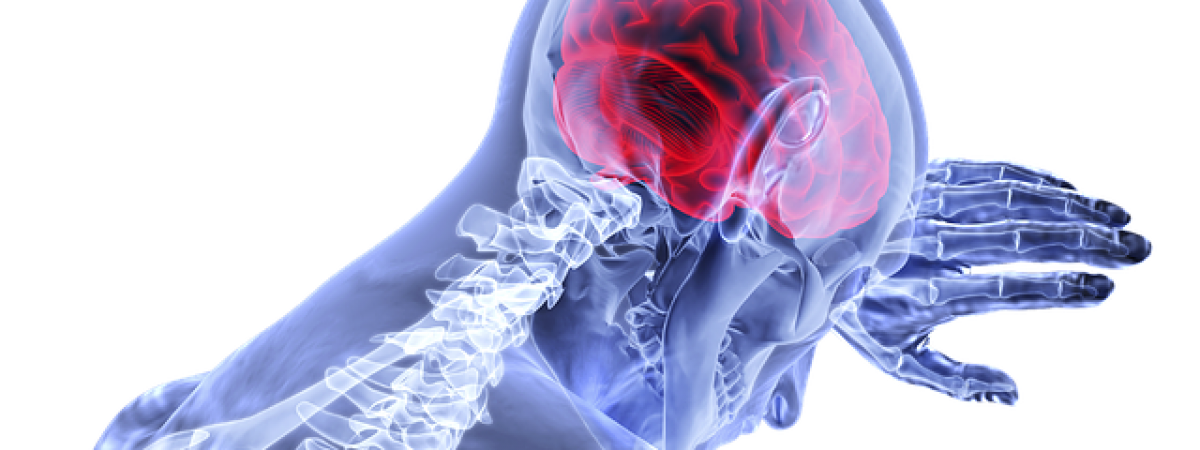An A to Z of meningitis

Meningitis can kill within hours. Immediate action saves lives. It’s vital that you know the signs.
Alexander’s story
“On November 10, 2008, at age fifty-four, my luck seemed to run out. I was struck by meningitis and thrown into a coma for seven days. During that time, my entire neocortex- the outer surface of the brain, the part that makes us human – was shut down. Inoperative. In essence, absent,” writes eminent neurosurgeon Dr Eben Alexander. He experienced an intense near-death experience and made a remarkable recovery. He writes about it in his biography, “Proof of Heaven”.
Brain
Meningitis is an infection of the meninges, the membranes that line the brain and spinal cord. When infected, they swell, putting pressure on these sensitive structures.
Causes
Bacteria, viruses and fungi can cause meningitis if they invade the body. Viral meningitis is common and very rarely life-threatening; bacterial meningitis is rare but is the most dangerous type.
At least fifty kinds of bacteria can cause meningitis.
Drugs
Antibiotics are used to treat bacterial meningitis. Penicillin was the first such drug, used successfully since 1944.
Left untreated, bacterial meningitis is often fatal; up to 10% of people die even after treatment.
Epidemics
Meningitis outbreak was first recorded in Geneva in 1805. 33 people died.
Major epidemics occur every 5 to 12 years in the “Meningitis belt” in sub-Saharan Africa. In 2017, more than 8,000 cases were recorded in Nigeria.
Fever
A high temperature is common in meningitis – but a normal or low temperature is possible.
Gardens
In 2016, Meningitis Now, the UK’s largest meningitis charity, displayed a garden at the RHS Chelsea Flower Show. Dramatic wooden sculptures, representing those who had experienced the disease, surrounded a central stone tableau depicting Asclepius, the god of medicine in Greek mythology. Walls of the garden represented disease and recovery.
Headache
“Like a lightning bolt through my head”; “The worst pain yet”; “A paralyzing pain”; “It feels like a bomb going through my head”. This is how survivors describe the headache often associated with meningitis.
Immune system
When you’re infected with meningitis, your body immediately goes into defence mode, sending troops of white blood cells to fight off the invaders. If your immune system is weakened through HIV or leukaemia, you are more at risk from meningitis.
Jerky movements
Dr Eben Alexander experienced a seizure as his swollen meninges put pressure on his brain. Babies may also show signs of a seizure; they may, though, appear floppy and lifeless.
Know your signs
Meningitis Now have launched a #KnowYourSigns video selfie campaign, in which celebrities speak about the signs and symptoms of meningitis to raise awareness.
Lying dormant
Around 10% of people carry bacteria responsible for a particular type of meningitis at the back of their nose with no signs or symptoms. Trouble starts when this bacterium invades the bloodstream.
Memory loss
can follow meningitis. Other after-effects can include fatigue, hearing loss, depression, loss of coordination, problems concentrating, blindness and speech problems (though most people recover well).
Neck pain
is a common early symptom of meningitis, though up to one third of patients do not complain of neck stiffness.
Oxford University
is trialling a new vaccine against meningitis.
Poisoning
Bacteria that cause meningitis can enter the bloodstream where they multiply and release poisons that can destroy blood vessels. Without oxygen supply, organs and limbs may start to die; amputation may be necessary. Septicaemia is another term used to describe blood poisoning.
Quick action
The Meningitis Research Foundation urges people to “trust their instincts”, stating that, “someone who has meningitis or septicaemia could become seriously ill very quickly. Get medical help immediately if you suspect meningitis or septicaemia - it's a race against time”.
Rash
In meningitis, the skin may turn blotchy, pale or blue. Sometimes there may be a rash which, if it doesn’t fade under a glass, may be a sign of blood poisoning and help should be sought straight away.
Remember, though, a very ill person needs medical help even if there are only a few spots, a rash or no rash at all.
Sensitivity to light
Photophobia (intolerance to bright light) is commonly experienced in meningitis.
Tests
Blood tests and brain scans may help confirm diagnosis. A lumbar puncture is useful for identifying whether the infection is bacterial, viral or fungal. In this procedure a small amount of fluid is collected from the base of the spine. Doctors check its colour and clarity: cloudiness indicates infection.
University
Meningitis is spread by sharing respiratory or throat secretions (saliva or spit). This typically occurs during close (coughing or kissing) or lengthy (living in the same household) contact. University students are at high risk of meningitis as they live and work closely together.
Vaccine
Vaccines offer some protection against some types of meningitis; children receive several during their NHS vaccination programme.
Weichselbaum
In 1887, Anton Weichselbaum, an Austrian scientist, discovered that bacteria could cause meningitis.
Extraordinary people
The Pride of Britain Awards have recognised the bravery of meningitis survivors Lydia Cross and Harley Lane, as well as meningitis campaigner Steve Dayman.
Youngsters
According to Meningitis Now, “babies, toddlers and young children under five are the most at risk group for meningitis, with over 50% of all cases occurring in this age group”.
Patient Zero
In a meningitis outbreak, “patient zero” is the person identified as the first carrier of the disease. Identifying and isolating them can help contain the outbreak.
